What makes chemistry work? And why should we care?
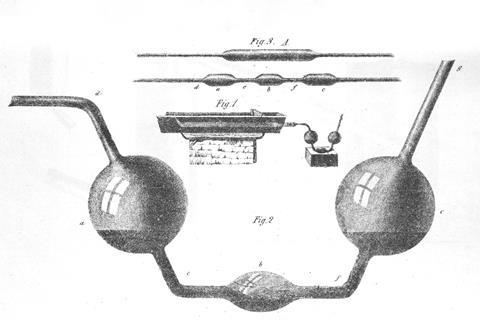
Existing histories claim new theories change what chemists do. For example, they attribute the rise of organic synthesis to 19th century structural theory. That’s an attractive proposition. It’s also deeply problematic. If structure drove the development of synthetic organic chemistry, then how could synthesis remain chemists’ dominant method of structure determination until well into the 20th century?
Questions like this drew me from chemistry into its history. Twenty years on, I believe I’ve found some answers. My work shows how chemists used new experimental approaches, combined with what I’ve called ‘laboratory reasoning,’ to bridge wet chemistry and abstract concepts, creating the molecular world. My account is built on practice-based breakthroughs, beginning with chemistry’s move into lampworked glassware.
Chemists had always used furnace-blown glassware. But apparatus they made themselves from glass tubing using a glassblowing torch opened fresh experimental possibilities. This ‘glassware revolution’ began a new phase of innovation in chemistry’s tools and methods, changing how labs were built and driving advances in the science. One of these – chemists’ encounter with the limits of analysis – prompted the turn to synthesis. Synthesis transformed understanding of organic compounds. It also introduced the problem of how to characterise and differentiate synthetic products – a problem chemists solved in glass. Chemistry’s 19th century development depended on lampworked glassware.
I arrived at this reassessment by studying the investigation of alkaloids by Justus Liebig, August Wilhelm Hofmann, and Albert Ladenburg. Stymied in his own research, Liebig in the 1840s steered his student Hofmann into pioneering synthesis as a new way of investigating alkaloids. By 1850, Hofmann’s practice-based laboratory reasoning produced a major theoretical advance, the ammonia type. But Hofmann failed to make alkaloids. That landmark fell to Ladenburg in 1886. And it was only after his successful synthesis that Ladenburg turned to the theory of aromatic structure.
Practice – rather than cutting-edge theory – established new structural knowledge, stabilising theories about molecules that were hotly contested, uncertain and, in some cases, mistaken. Systematic laboratory work built the science of synthesis, forging a new relationship between experiment and theory with far-reaching consequences for chemistry as a discipline.
That story’s told in my recently published book Molecular World. Here’s why I believe it matters.
History like this can inform how chemists research and train others
Long considered the preserve of men whose faces were typically as pale as their lab coats, chemistry today is in the grip of a profound transformation. Equality, diversity and inclusion are headline news at every level. Rightly so. History of chemistry is no exception. A slew of recent studies highlight women’s role in chemistry’s past. But history can reveal not just who makes chemistry happen but what makes chemistry work, offering lessons that transcend the specifics of person, place and time. History is bursting with creative strategies used by chemistry’s great innovators, all of whom began as students, many from excluded minorities. The message that the big names once struggled to overcome barriers very like the ones chemists now face is engaging and empowering, especially for students. I’ve witnessed its transformational potential for well over a decade while teaching undergraduates across the sciences and humanities.

Shifting focus from theory to practice also calls on us to re-evaluate who counts as a scientist. Learning how apparatus made from glass tubing by lampworking transformed 19th century chemistry reveals the essential contributions of scientific glassblowers, including Heinrich Geissler. Then, as now, artisanal skills were fundamentally necessary in making science work. The University of Bonn acknowledged this fact when it awarded Geissler an honorary doctorate in 1868. Yet, technicians still struggle for recognition – as highlighted by the strategies UK Research and Innovation introduced to address this issue in its 2021 Technician Commitment.
History offers powerful tools in chemistry’s efforts to dismantle what chemist Tehshik Yoon has called its ‘unnatural demographic homogeneity’, displacing exclusionary accounts of individual accomplishment in favour of foregrounding collaborative work. History like this can inform how chemists research and train others, which contributions are recognised and rewarded, who sees chemistry as a worthwhile field of study and employment, and what wider publics think about chemistry and its history. It also changes how humanities scholars approach technical fields. In a time of growing chemophobia, history fosters mutual understanding.
The novelist L P Hartley famously wrote that: ‘The past is a foreign country; they do things differently there’. Hartley’s words express one of the great conundrums of history. The past is full of lessons for the present. But those lessons are not immediately apparent in the sources. Finding them requires interpretation – and what we find depends on the questions we ask. That means making choices about what histories we tell, and how we tell them. Stories of great discovery and individual genius make chemistry appear inaccessible. But it doesn’t have to be that way. That’s why I believe chemistry’s past matters to its future.
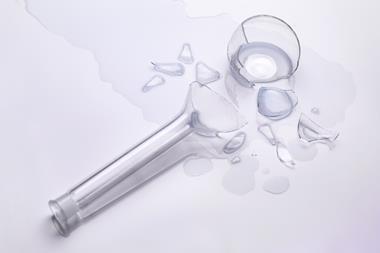
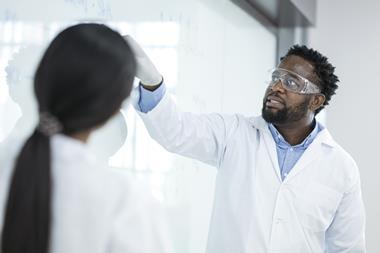
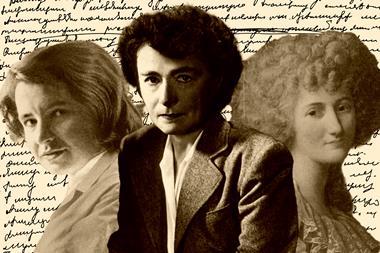
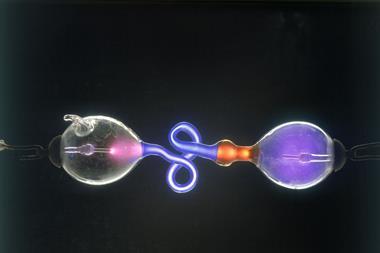








1 Reader's comment